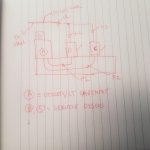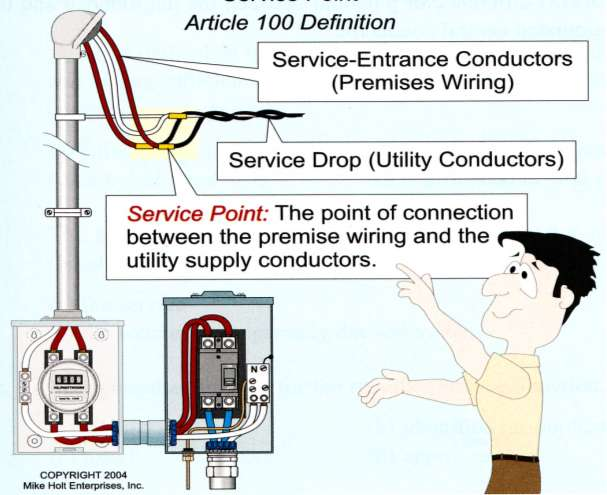hhsting
Senior Member
- Location
- Glen bunie, md, us
- Occupation
- Junior plan reviewer
Attached sketch shows two sets of service entrance conductors connected from power company CT cabinet to trough then to each respective service disco. F1 service entrance conductor is sized 4#600kcmil and F2 service entrance conductor is sized 4#3/0 AWG.
Grounding electrode conductor G3 is sized #2 CU, G2 is sized #1/0 AWG. G2 and G3 connect G1 as shown. G1 is the common grounding electrode conductor which then bonds to steel and cold water pipe.
servic disco label B is 400A and service disco label C is 200A.
Questions:
1. How does one size G3? Area of 600kcmil + area of 3/0Awg and look at 250.66? If not then how?
2. Is CT connection to two separate service discos like attached allowed? No code violation.
Grounding electrode conductor G3 is sized #2 CU, G2 is sized #1/0 AWG. G2 and G3 connect G1 as shown. G1 is the common grounding electrode conductor which then bonds to steel and cold water pipe.
servic disco label B is 400A and service disco label C is 200A.
Questions:
1. How does one size G3? Area of 600kcmil + area of 3/0Awg and look at 250.66? If not then how?
2. Is CT connection to two separate service discos like attached allowed? No code violation.
Attachments
Last edited:




